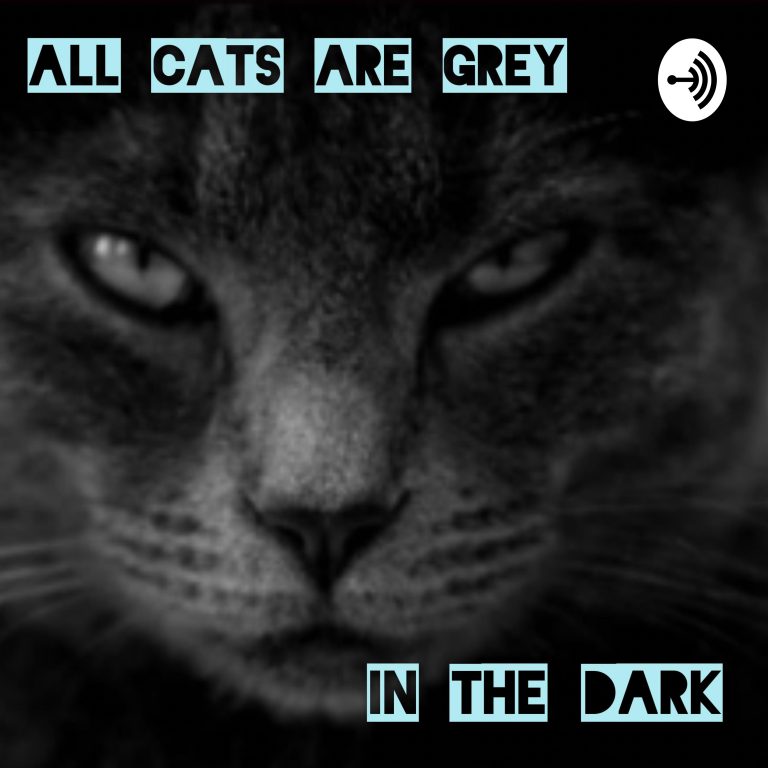
Tucked into a 1,200-page bill with an original purpose of authorizing the issuance of bonds to finance long-term construction projects at Mississippi’s public universities is language that expands a tax credit for private K-12 schools.
Facing growing opposition to the language, both Senate Finance Chair Josh Harkins, R-Flowood, and House Ways and Means Chair Trey Lamar, R-Senatobia, pledged on Monday to request unanimous consent their chambers to remove language from the bill that allows funds from a tax credit to be provided to the Mid-South Association of Independent Schools, which is the umbrella organization for most private schools in the state.
The language that was added to legislation near midnight on Sunday, according to various sources, would expand an existing program know as the Children’s Promise Act. The program allows a tax credit on income taxes to be granted for providing a contribution to private schools that meet certain standards to serve people with special needs, people from poor families and programs that provide services to foster children.
The language in the massive bond bill was discovered Monday as legislators worked to finalize a state support budget of $6.56 billion (an increase of $249.9 million over last year) and to pass various other bills in hopes to ending the 2021 session before the weekend — and as early as Tuesday.
Adding the tax credit language to the bond bill was controversial — particularly the section naming the private school association as an entity eligible to receive the revenue from the tax credit.
In addition, the language expands the scope of the tax credit to allow it to be used for a tax credit on ad valorem or property taxes as well as income taxes. The program is capped at total of $16 million in tax credits for the upcoming year.
“It is an existing program,” Lamar told House members. “It is very popular. It helps the foster care program and those other schools.”
There are about 70 schools eligible to receive contributions through the tax credit program, according to the Department of Revenue web page. They include many of the state’s private schools, ranging from Pillow Academy in Greenwood to Wayne Academy in Waynesboro to Presbyterian Day School in Jackson.
While Lamar said the program is popular, legislative leaders have a habit of trying to sneak language expanding programs providing funds to private funds into bills during the waning hours of the session. In 2019, legislative leaders had language expanding a program to provide vouchers for students with special needs to attend private schools in an unrelated bill during the final days of the session.
And this year, the language for the Children’s Promise Act was in a bill with a primary purpose of issuing debt for various projects across the state. In total the bill authorizes the issuance of just under $300 million in bonds for infrastructure and building projects in most counties across the state. Since the bill has money for projects across the state, it makes it difficult for members to vote against it even if they might oppose a tax credit for private schools.
The funds for the tax credit can go to programs to help children in the foster care system, children with special needs and children from low-income families.
The post Lawmakers pledge to kill effort to expand tax credit for private schools appeared first on Mississippi Today.












